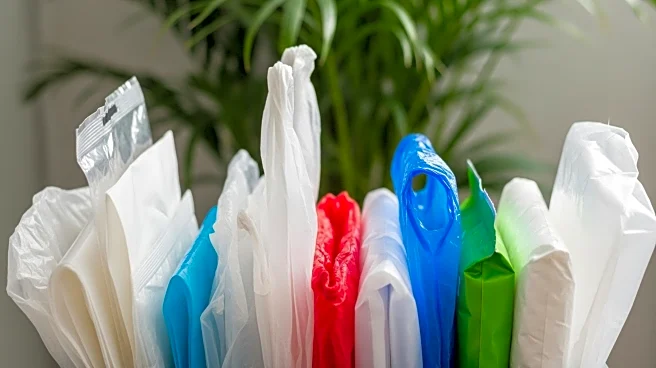What is the story about?
What's Happening?
Urban ecologists in Australia are promoting small changes in urban environments to support bird populations. Dr. Kylie Soanes and Dr. Jacinta Humphrey suggest creating urban oases with water sources and native plants to provide habitats for birds. They recommend using UV anti-collision stickers on windows to prevent bird collisions and allowing natural debris to accumulate for nesting materials. These efforts aim to make cities more hospitable for birds, which often struggle with urban heat and habitat loss. The initiative encourages community involvement through activities like planting native species and participating in citizen science projects.
Why It's Important?
The integration of bird-friendly practices in urban planning is crucial for maintaining biodiversity in cities. As urban areas expand, natural habitats are increasingly encroached upon, threatening local wildlife. By adopting these practices, cities can mitigate some of the negative impacts of urbanization on bird populations. This approach not only benefits birds but also enhances urban environments for human residents by promoting ecological balance and increasing green spaces. Encouraging community participation in conservation efforts fosters a sense of stewardship and awareness about the importance of biodiversity in urban settings.
What's Next?
Future steps include expanding community engagement in bird-friendly initiatives and increasing awareness about the importance of urban biodiversity. Local governments and organizations may implement policies to support these efforts, such as incentivizing the planting of native species and protecting existing green spaces. Continued research and monitoring of urban bird populations will help refine strategies and measure the effectiveness of these interventions. As more cities adopt bird-friendly practices, there is potential for significant positive impacts on urban biodiversity and ecological health.
AI Generated Content
Do you find this article useful?













